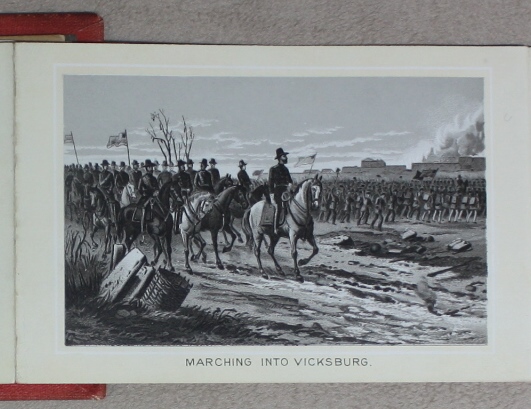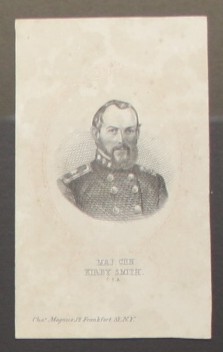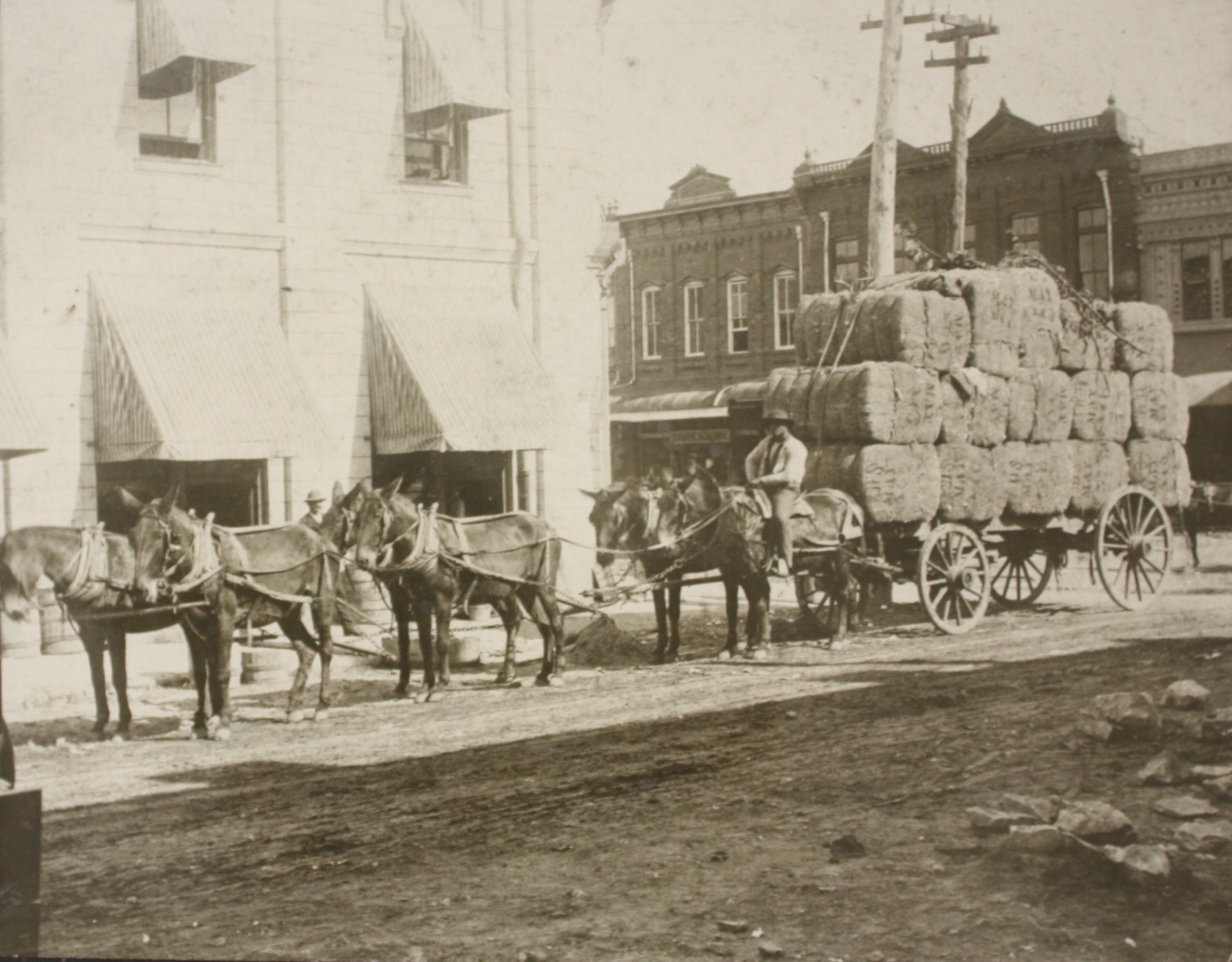Shreveport in the Civil War
When Union troops captured the city of New Orleans in 1862, the Confederacy created the Trans-Mississippi Department for the administration of military affairs west of the Mississippi River. There were three districts – Texas and Territory of Arizona; Arkansas, Missouri and Indian Territory; and West Louisiana, commanded by Richard Taylor. In 1863, the losses at Vicksburg in the West and Gettysburg in the East divided the Confederacy into two fronts. Due to this division, the Trans-Mississippi Department, the Western portion of the Confederacy, functioned separately from the Eastern portion of the Confederacy.
General Kirby Smith commanded the Trans-Mississippi Department in March 1863, headquartered in Little Rock. When Union General Nathaniel Banks captured Port Hudson in May 1863, the Trans-Mississippi, cut off from the Confederacy, moved to Shreveport. With the surrender of Port Hudson, Louisiana’s state capital officially also moved to Shreveport, where it remained until the end of the war.
Henry W. Allen became Governor of the state of Louisiana in January 1864. During his tenure in Shreveport, he worked to restore the state’s economy by organizing state stores, factories and foundries. Citizens could purchase provisions and supplies below cost to relieve the food shortage. He also authorized a state laboratory to produce much needed medical supplies. Allen negotiated contracts for cotton, sent agents to Texas and exchanged cotton for supplies. Although the military operated the Cotton Bureau under Kirby Smith, many planters preferred to sell to the state.
During the war, Marshall Texas was a major supply depot for the Trans-Mississippi Department. Western Confederate cities received gunpowder, cartridges, muskets and clothing from Marshall. These documents in the museum’s collection, sent between Marshall and Shreveport in 1865, deal primarily with Union seizure and transportation of Confederate stores of cotton in Marshall. The handwritten letters are from U.S. Treasury agents.
The only major Union offensive aimed at the Trans-Mississippi Department was the Red River Campaign, a series of battles fought in North Louisiana between March 10 and May 22, 1864. The Union set one army to attack from Arkansas and one from New Orleans. Major General Nathaniel Banks posed the main threat to Shreveport as he moved troops up the Red River with the support of the United States Navy, under the command of Admiral David Porter. Unfortunately for Banks, 1864 marked a year of incredible drought in Louisiana and these ships could not travel far enough up the Red River to be of any assistance during the battles.
Lieutenant General Richard Taylor commanded the Confederate troops. Despite being outnumbered, and against the direct orders of his superior, General Taylor fought the Union troops in April, 1864. The Battle of Mansfield was a success for the Confederates. The Union troops under Banks retreated south to Pleasant Hill, where they fought a second battle a day later. The Battle of Pleasant Hill also resulted in a Confederate victory. Shreveport was safe, and the war continued in the Western theater. Today the site of the Battle of Mansfield is a Louisiana State Park.
When General Robert E. Lee surrendered the Eastern portion of the Confederacy in April 1865, Western Confederate soldiers began deserting in droves. The Union offered the Trans-Mississippi Department the same terms of surrender the Eastern front of the Confederacy received, which they accepted after weeks of deliberations. The 43,000 Confederate soldiers in Shreveport were the last major Confederate force to surrender in early June 1865.










